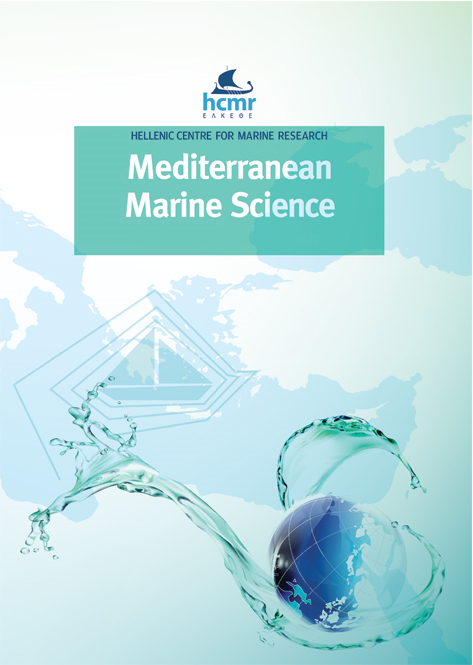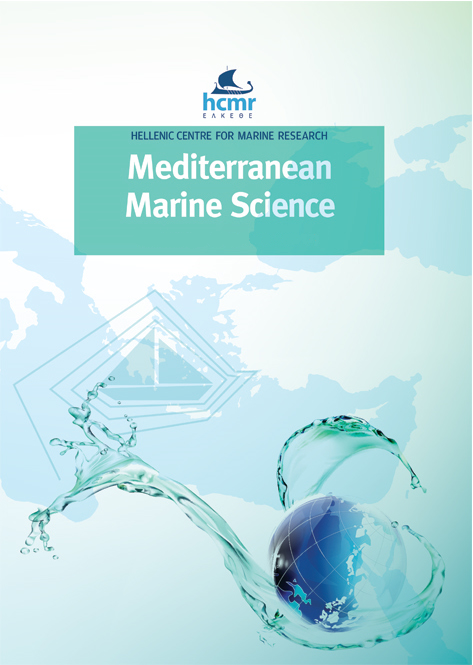Coralligenous cliffs: distribution and extent along the Tuscany coasts and spatial variability of the associated assemblages

Abstract
Coralligenous reefs are the main biogenic constructions of the Mediterranean Sea. The two main coralligenous morphologies are cliffs and platforms. Coralligenous cliffs mostly develop in shallower waters (about 20-50 m) on vertical/sub vertical rocky substrates. Coralligenous platforms are mostly distributed on horizontal substrates below 40-50 m depth on detritic bottoms and rocky outcrops of the continental shelf. The present study aims at contributing to the knowledge of coralligenous cliffs through the assessment of their distribution and extent in a wide geographic zone of northwestern Mediterranean Sea, focusing on the structure and the spatial variability of the associated assemblages. To achieve these objectives, coralligenous cliffs of Tuscany coasts were mapped through Multibeam and Remotely Operated Vehicles. The area of coralligenous cliffs was also manually calculated for each study site using linear extent and bathymetric range of the habitat. In addition, the structure of the associated assemblages was investigated by a multifactorial sampling design taking into account spatial scales ranging from meters to tens of kilometres. Coralligenous cliffs were present in all the study sites, with a linear extent of about 20% of Tuscany’s rocky coastline and an area of about 20% of the Tuscan coralligenous reefs. The difference between data manually calculated and those obtained by Quantum- GIS software was about 33% of the total area. A continental-to-island gradient and a latitudinal gradient were the main factors driving the structure of the associated assemblages. Results highlighted that coralligenous cliffs represent a considerable part of circalittoral biogenic habitat, suggesting that their relevance may be greater than what normally emerges from seabed mapping and that they should be considered separately in monitoring programs, impact assessment studies and management plans.
Article Details
- How to Cite
-
PIAZZI, L., CECCHI, E., CINTI, M. F., MARINO, G., NICASTRO, A., PACCIARDI, L., PERTUSATI, M., RIA, M., & DE BIASI, A. M. (2023). Coralligenous cliffs: distribution and extent along the Tuscany coasts and spatial variability of the associated assemblages. Mediterranean Marine Science, 24(2), 314–322. https://doi.org/10.12681/mms.32119
- Section
- Research Article
Authors who publish with this journal agree to the following terms:
- Authors retain copyright and grant the journal right of first publication with the work simultaneously licensed under a Creative Commons Attribution Non-Commercial License that allows others to share the work with an acknowledgement of the work's authorship and initial publication in this journal.
- Authors are able to enter into separate, additional contractual arrangements for the non-exclusive distribution of the journal's published version of the work (e.g. post it to an institutional repository or publish it in a book), with an acknowledgement of its initial publication in this journal.
- Authors are permitted and encouraged to post their work online (preferably in institutional repositories or on their website) prior to and during the submission process, as it can lead to productive exchanges, as well as earlier and greater citation of published work (See The Effect of Open Access).






